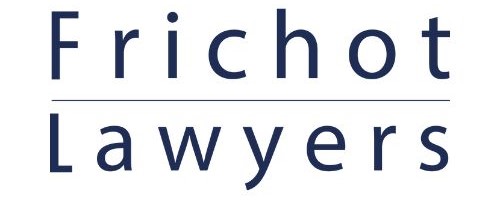Domestic and family violence during and post Covid-19, and identifying the “markers” of an abusive relationship
Whilst Covid-19 restrictions begin to ease in WA, lawyers, counsellors and front line workers are starting to see a flood of family and domestic violence victims seeking support and access to legal services. Whilst the amount of families that are seeking support is overwhelming, sadly this is not surprising.
In Australia, one woman is killed every week by a current or former partner. In 2018, The West Australian described WA as the epicentre of the nation’s domestic violence surge, with almost two in three assaults being committed by a partner or relative. Over the past decade family violence related offences in WA have steadily increased by more than 100%. According to the WA Police Crime Statistics, there were 16,815 Family Violence related offences during 2018 – 2019. During 2019 – 2020, this statistic increased to 18,459.
The Minister for Prevention of Family and Domestic Violence Minister, Simone McGurk stated:
“We know that people experiencing family and domestic violence are at increased risk when they are isolated from family and the community, and are unable to leave or put other protective measures in place.” – 02 April 2020 Media Statement
For those affected by domestic and family violence, home is not a safe place or a place of refuge. However, the flow on effect of the pandemic has resulted in a heightened state of stress and anxiety not only for victims, but also for perpetrators of family and domestic violence. Many families have either lost their jobs, or have had their finances significantly impacted. Further, many families were required to work from home and home school their children whilst WA was in lockdown. This has meant many victims of family and domestic violence, have had had to self-isolate with their abuser for longer periods of time. The combined stress and anxiety caused by economic hardship, social isolation and close proximity for extended periods of time within the family unit, has created what can only be described as “the perfect storm.”
Identifying family and domestic violence (even if there are no bruises or black eyes)
Many people mistaken family and domestic violence as “just” physical abuse or assaults. Family and domestic violence is essentially where one person tries to dominate and control others within the family unit. Family and domestic violence includes, but is not limited to the following behaviour:
| No | Type of behaviour | Examples |
|---|---|---|
| 1 | Repeated derogatory / emotive remarks or comments |
|
| 2 | Preventing you from making / keeping connections with friends or family members |
|
| 3 | Damaging / destroying your property or shared property |
|
| 4 | Stalking / Cyber stalking |
|
| 5 | Distributing intimate images (or threatening to do so) |
|
| 6 | Unreasonably denying financial autonomy or withholding financial support |
|
| 7 | Causing injury or death to your pets | |
| 8 | Kidnapping / depriving you of your liberty | |
| 9 | Assault / Sexual Assault |
|
| 10 | Threatening to do the above behaviour or threats to take away your children |
|
| 11 | Exposing other family members who are children to the above behaviour |
|
At Frichot Lawyers, we understand not only the emotional and financial impact a restraining order can have upon an individual but also the overall impact they can cause an entire family. Frichot Lawyers are able to provide specialist legal advice in relation to Violence Restraining Orders, Family Violence Restraining Orders and Misconduct Restraining Orders.
Whether you need assistance in obtaining a restraining order, wish to object to a restraining order, or have been charged with breaching a restraining order, our specialist team will provide you with sound advice to ensure you obtain the best outcome in your matter.
This article was written by Mila Mortimer,
Senior Associate and Specialist in both Family and Criminal Law

